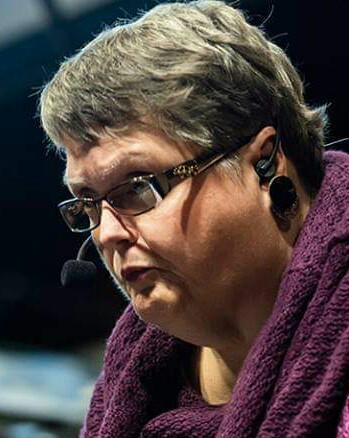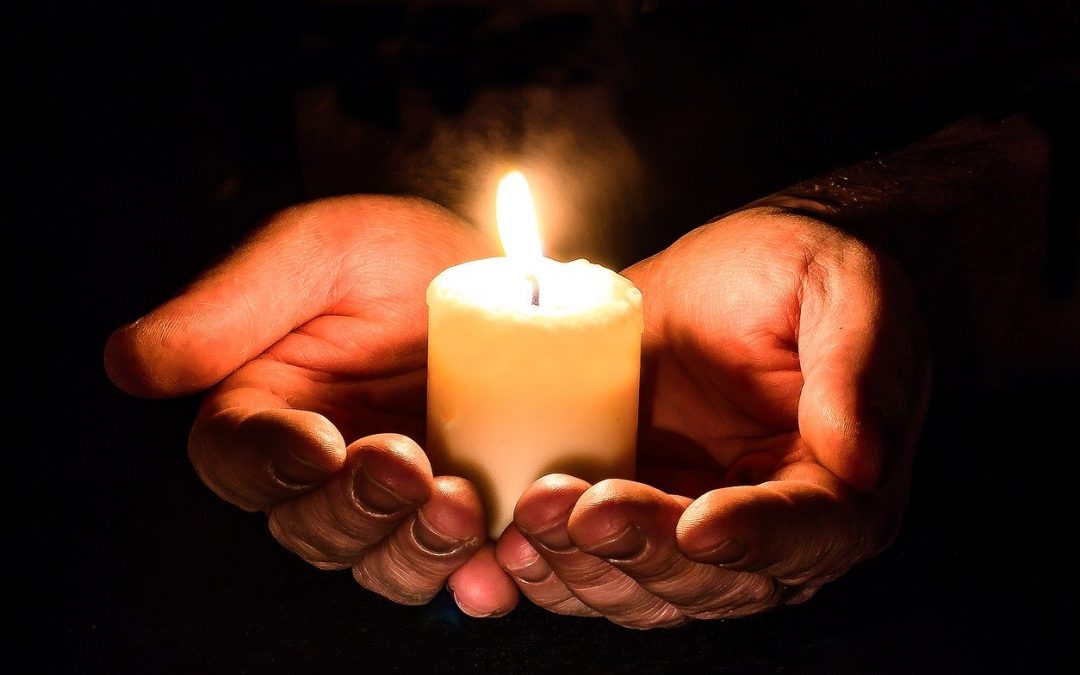In the month of September, we have explored together, the tragic subject of suicide. We’ve seen firsthand the statistics of those who get so tired and desperate that they would take their lives and how even our children are at risk.
This article will focus on a few more statistics before discussing ways to end the heartbreak that has afflicted so many families.
Statistics to Better Understand
Through statistics gathered by different agencies, we can not only count the number of people dying by suicide but look into the reasons. First, of the 66% who attempt suicide, 80% had a priorly known mental health condition.
In fact, adults with a mental illness are at an increased risk of attempting and completing suicide. For those who have more than one co-occurring disorder, there is a two-fold risk of suicide attempts that increases with the number of comorbid disorders. Indeed, more than 70% of adults who have attempted to die by suicide have an anxiety disorder, and adults with mood disorders or substance abuse disorders are also at a higher risk of contemplating or attempting suicide. (Nock et al., 2010).
Second, it is vital to note is that mental illness is not a necessary condition for someone to die by suicide, although it is strongly associated with it. Sometimes people who have had no diagnosis of a mental health issue choose to die by suicide, although the statistics for this statement are not available (Nepon et al., 2010).
COVID 19 and Suicide
There are multiple lines of evidence to show that the coronavirus pandemic has had and will have profound effects on mental health. The facts are that the legacy of the COVID 19 pandemic will have far-reaching effects influencing suicide for many years to come.
There have been studies that indicate that the COVID19 pandemic is significantly associated with heightened distress, fear, insomnia, and depression not only among the general population but also in the front-line medical workers. Front-line medical workers are faced daily with those who have contracted COVID 19 and, because they are human, feel the grief and sorrow of losing a patient to the disease. They feel helpless when confronted with a disease they cannot cure or treat appropriately.
Add social isolation, economic uncertainty, recent racial tensions, and political upheaval to the mix, and you have a soup of possible mental health consequences, including suicide.
Preventing Suicide
According to the Centers for Disease Control in the United States, from 1999 through the year 2014, the age-adjusted suicide rate increased by 24%. With the advent of COVID 19, these appalling statistics are expected to rise dramatically.
However, there is hope.
In the past decade, groundbreaking and influential treatments for suicidal individuals have been found to work at decreasing the number of deaths by suicide. We can accomplish this decrease in death rates by following some simple and some not so easy three steps.
Step One: End the Stigma. Our society has created a field of shame that surrounds getting and receiving help from a mental health professional. Yet, getting help is the number one method for preventing suicide. The shame and guilt that society places on people who have attempted to die by suicide are ridiculous. People who have made attempts on their lives need love and compassion, not anger and blame.
Too often, people who are suicidal fail to reach out for help because of the shame they might bring to their families or friends. Loved ones of someone who is experiencing despair and suicidal ideations are often reluctant to bring up the subject of suicide for fear of putting suicidal thoughts into the minds of those they love. This misconception closes off one of the most considerable means of preventing someone from dying by suicide, talking about their problems.
Our society needs to end this unjust treatment of those who have a mental health condition and/or feel suicidal. We must educate ourselves on the warning signs and get in touch with assistance ourselves, so we feel empowered to end the stigma surrounding suicide.
Step Two: Learn the Warning Signs. There are many warning signs to watch out for in your loved ones and friends. Common signs such as isolating or having a loved one perceive themselves as a burden can cause a suicidal person to withdraw so that you will be less inclined to notice they are suicidal.
Don’t be afraid to ask your loved one or friend questions about how they are doing listening intently to the words they choose. Please do not allow them to blow you off with a nonchalant answer and watch for the following common signals. According to the American Association of Suicidality, the signs you should watch for include:
- Disturbed sleep patterns
- Anxiety
- Agitation
- Pulling away from friends and family
- Isolating
- Self-hating thoughts or words
- Saying they feel like they don’t belong
- Hopelessness
- Rage
- Irritability
- Feeling trapped
- Increased use of alcohol or drugs
- Feeling that they are a burden to others
- Loss of interest in favorite activities
- Expressing the thought that “nothing matters.”
- Giving up on themselves
- Risky behavior
- Suicidal thoughts, plans, actions
- Sudden mood changes for the better
All of the signs above have one thing in common; you must be aware of them and watching your friend or family member to notice them. Once you notice something, ask important questions of them, such as, “I notice you are having a rough time right now. Are you suicidal?” Starting a conversation can save a life.
Remember, it is not only adults who can become suicidal and act on those thoughts. Children and adolescents, too, are at risk.
Step Three: Know Where to Turn. When someone is suicidal or knows someone exhibiting signs of suicidal ideation, they need to turn to experts for help.
The first line of defense is your family doctor. Tell them that you are concerned about your loved one or yourself and be honest about suicidal ideations. Your physician will get you the help you need right away, sometimes resorting to entering you into the hospital for observation. While going to the hospital is not ideal, doing so will keep you or your loved one alive while the doctors attempt medications to decrease the anxiety or depression that is causing the problem.
Your second line of defense are organizations that can help.
The National Suicide Prevention Lifeline (Call or Chat Online). This resource is available 24/7 at the following number:
1-800-273-8255 (TALK)
Contact them whenever you feel worried about yourself or others who may be contemplating dying by suicide.
Crisis Text Line. In the age we live in, more and more people are opting to text instead of talking on the phone. The Crisis Text Line is available 24/7, and you can reach them by texting “GO” to 741741.
Ending on an Upbeat Note
Writing and reading articles on the topic of suicide has been challenging in September. However, this month is National Suicide Awareness Month, and we felt it necessary to acknowledge it.
Reading about children and suicide has been incredibly difficult.
However, there is hope for those who are plagued by suicidal ideation and those who love them. Never, ever give up hope. Yes, these days are dark, and you feel overwhelmed, but dying by suicide is a permanent solution to a temporary situation.
Please, don’t become a statistic on someone’s chart. Reach out for help, and be honest with yourself and those around you. Life is an adventure, not something to put up with until you die. Pay attention to the beauty that is all around you every day. Even in your darkest hour, the beauty of the sky or nature makes living worth it. Start a gratitude journal and list all the things for which you are grateful. If you must, begin very simply by asking yourself questions such as, “Can I see? Can I walk? Can I hear” because there are many who cannot do these things we take for granted.
“I live to enjoy life by the littlest things, feeling the grass between my toes, breathing fresh air, watching the wind sway the trees, enjoying the company of loved ones, a deep conversation, getting lost in a good book, going for a walk in nature, watching my kids grow up. Just the feeling itself of being alive, the absolutely amazing fact that we are here right now, breathing, thinking, doing.” ~ Marigold Wellington
References
American Association of Suicidality. Warning signs of acute suicide risk. Retrieved from
Nepon, J., Belik, S., Bolton, J., & Sareen, J. (2010). “The relationship between anxiety disorders and suicide attempts: Findings from the National Epidemiologic Survey on Alcohol and Related Conditions.” Depression and Anxiety, 27, 791–798. DOI:10.1002/da.20674.
Nock, M.K., Hwang, I., Sampson, N.A., & Kessler, R.C. (2010). “Mental disorders, comorbidity, and suicidal behavior: Results from the National Comorbidity Survey Replication.” Molecular Psychiatry, 15(8), 868-876.

If you a survivor or someone who loves a survivor and cannot find a therapist who treats complex post-traumatic stress disorder, please, contact CPTSD Foundation. We have a staff of volunteers who have been compiling a list of providers who treat CPTSD. They would be happy to give you more ideas about where to look for and find a therapist to help you.
Are you a therapist who treats CPTSD? Please, consider dropping us a line to add you to our growing list of providers. You would not only get aid in finding clients but also you would be helping someone find the peace they deserve. Go to www.CPTSDfoundation.org and click on contact us and leave us a note.
Shortly, CPTSD Foundation will have compiled a long list of providers who treat complex post-traumatic stress disorder. When it becomes available, we will be putting it on our website www.CPTSDFoundation.org.
Make sure to visit us and sign up for our weekly newsletter to help keep you informed on treatment options and much more for complex post-traumatic stress disorder.
If you or a loved one live in the despair and isolation that comes with complex post-traumatic stress disorder, please, come to us for help. CPTSD Foundation offers a wide range of services, including:
- Daily Calls
- The Healing Book Club
- Support Groups
- Our Blog
- The Trauma-Informed Newsletter
- Daily Encouragement Texts
The Healing Book Club
Today, CPTSD Foundation would like to invite you to our healing book club, where we are reading a new book in September 2020. The title of the latest featured book is “The Body Keeps the Score” by Bessel van der Kolk.
The book examines childhood trauma and the lifelong effects on a person’s management of repressed anger and pain.
Led by Sabra Cain, the healing book club is only $7 per month, the fee going towards scholarships for those who cannot afford access to materials offered by CPTSD Foundation.
Should you decide to join the Healing Book Club, please purchase your books through our Amazon link to help us help you.
All our services are reasonably priced, and some are even free. So, to gain more insight into how complex post-traumatic stress disorder is altering your life and how you can overcome it, sign-up, we will be glad to help you. If you cannot afford to pay, go to www.cptsdfoundation.org/scholarship to apply for assistance. We only wish to serve you.

My name is Shirley Davis and I am a freelance writer with over 40-years- experience writing short stories and poetry. Living as I do among the corn and bean fields of Illinois (USA), working from home using the Internet has become the best way to communicate with the world. My interests are wide and varied. I love any kind of science and read several research papers per week to satisfy my curiosity. I have earned an Associate Degree in Psychology and enjoy writing books on the subjects that most interest me.


“Too often, people who are suicidal fail to reach out for help because of the shame they might bring to their families or friends. Loved ones of someone who is experiencing despair and suicidal ideations are often reluctant to bring up the subject of suicide for fear of putting suicidal thoughts into the minds of those they love. This misconception closes off one of the most considerable means of preventing someone from dying by suicide, talking about their problems.”
The above mentioned in your article is the biggest and the most underlying issue when it comes to fighting suicides.
Yes Suicidal tendencies are not good, but acceptance of the person facing those emotions along with the acceptance of the people around that person should be the most important and prioritised agenda to prevent these suicidal tendencies amongst the masses.
The process of being there and listening to people and their suicidal emotions needs change .